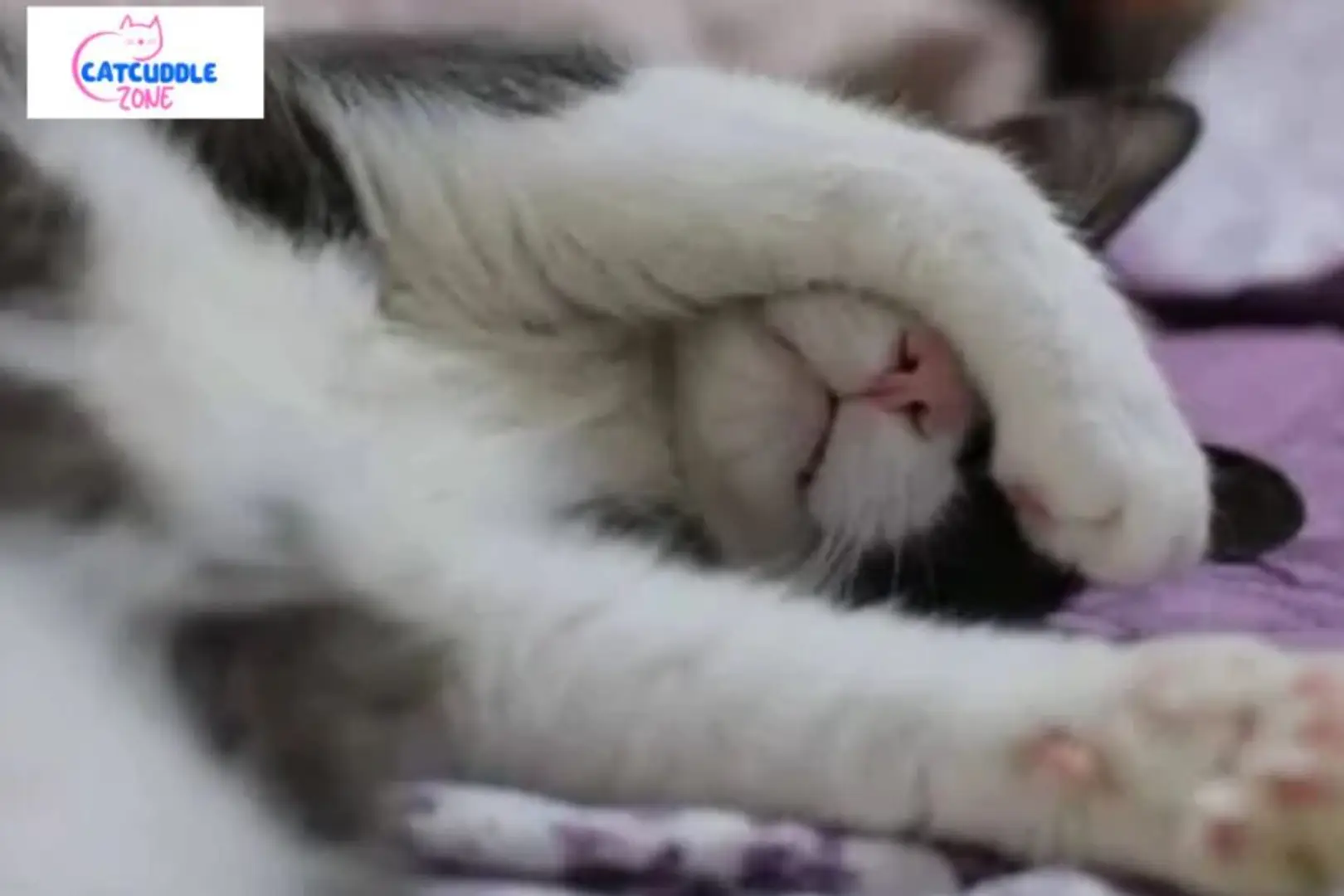

Cat Twitching While Sleeping: What You Should Know
Have you ever watched your cat sleeping peacefully, only to suddenly see their paws twitch, whiskers flick, or tail jerk? It might look strange—or even a little concerning—but rest assured: cat twitching while sleeping is usually completely normal.
Still, many cat parents wonder: Why does my cat twitch during sleep? Is it a dream? Or could it be a sign of something serious? Let’s explore what this behavior means and when you should (or shouldn’t) worry.
💤 Why Do Cats Twitch in Their Sleep?
Just like humans, cats go through different sleep cycles, including REM (Rapid Eye Movement) sleep. During this phase, their brains are highly active, even though their bodies are resting.
Twitching, paddling paws, ear flicks, or soft vocalizations are often signs that your cat is in REM sleep—possibly dreaming! Kittens and older cats tend to twitch more during sleep, as their nervous systems are either still developing or becoming less regulated with age.
So yes, your cat might actually be dreaming of:
Chasing birds 🐦
Playing with toys 🧶
Interacting with you ❤️
It’s adorable and totally natural.
🧠 What Science Says About Cat Dreams
While we can’t ask a cat what they’re dreaming about (yet!), research suggests that mammals experience dreams similar to ours. During REM sleep, the brain replays recent events, helping to process memories and emotions.
In fact, studies on rats have shown they “dream” about mazes they’ve explored. So, if your cat spent the day stalking toy mice or lounging in the sun, chances are they’re re-living those moments in dreamland—complete with twitchy paws and sleepy squeaks!
😴 What’s Normal and What’s Not?
Normal twitching during sleep:
Happens occasionally, often during REM sleep
Includes paw movement, tail flicks, whisker twitching
May be accompanied by light vocal sounds or body jerks
Cat wakes up calmly and behaves normally after
Possible causes for concern:
Twitching that lasts a long time or is unusually intense
Stiff limbs, rigid posture, or foaming at the mouth
Cat seems disoriented or weak after waking
Twitching occurs while awake
If your cat shows any of these signs, especially while awake, it’s worth speaking to your vet. In rare cases, twitching could signal seizures, neurological issues, or a reaction to toxins.
🐾 Tips for Supporting Healthy Cat Sleep
Want to make sure your cat’s sleep (and dreams) stay peaceful? Here’s how:
Provide a quiet, cozy sleep area 🛏️
Cats love soft, warm, and elevated places to sleep undisturbed.
Encourage play before bedtime 🧸
A good play session helps release energy, making for deeper, more restful sleep.
Maintain a healthy diet 🐟
Proper nutrition supports overall health—including brain and nervous system function.
Stick to a routine 🕰️
Cats thrive on routine. Regular feeding, play, and sleep times help keep stress low.
🐱 Final Thoughts: Let Them Dream On
In most cases, cat twitching while sleeping is just another fascinating part of feline behavior. It’s a sign that your cat is experiencing a healthy, deep sleep—and maybe even dreaming of their next adventure.
Unless you see symptoms that seem extreme or abnormal, there’s no need to worry. Just sit back, smile, and enjoy the sight of your fur baby exploring dreamland, one sleepy twitch at a time.
To learn more about cat behavior, health, and daily quirks, check out our full article:
Related Posts
© 2025 Invastor. All Rights Reserved

User Comments